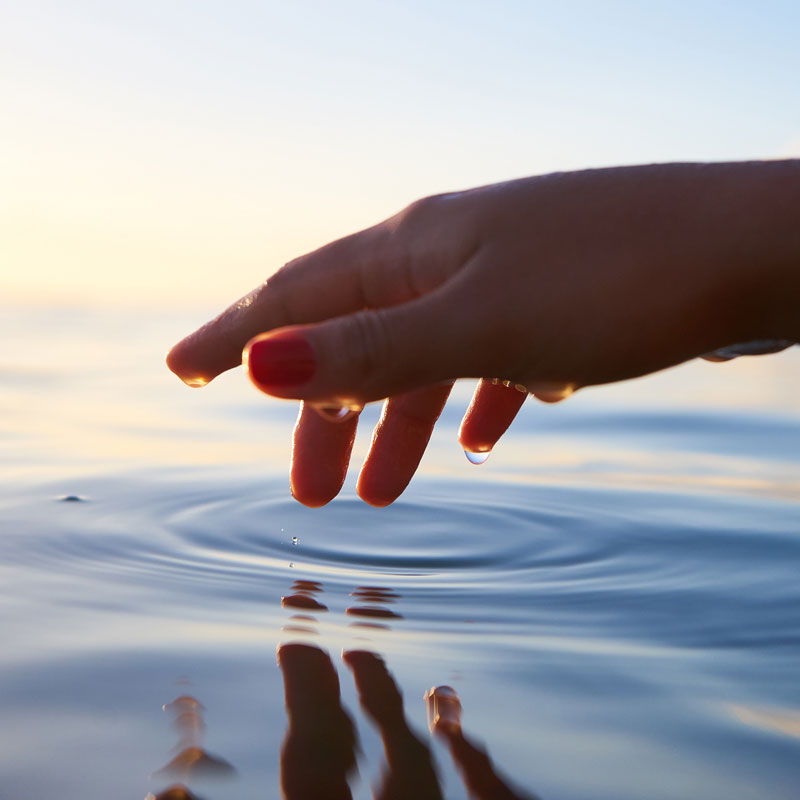Conflict of Interest in Clinical Investigation and Publication
When investigators have a secondary interest in the results, other influences can intentionally or unintentionally affect their results.
Therapists need to know well what is required and respected for valid research. Science is only pure if there is no question of bias, or conflict-of-interest. Hand therapists already have a burden to show they can do valid clinical investigation in the realm of traditional investigators. Acceptance of their work outside the realm of therapy, is dependent upon the experience and expertise to do unbiased investigation.
Hand therapists as specialists are wise to oppose efforts and changes that lead to the watering down or generalization of hand therapy treatment. The specialists and need to set the standards, to prove the benefits of hand therapy. Therapists in the past have accepted many untested instruments and protocols as standard. We have the need to teach therapists how to evaluate such works. We are about teaching them what is required to validate an instrument, product, or treatment. Once standards of ethics and scientific recognition are relaxed, these cannot be reversed.
The reputation of a profession is closely tied to its professional journals and to its published papers. Papers accepted for publication speak of the level of knowledge and professionalism. The Journal of Hand Therapy was launched with high standards for scientific merit and paper acceptance. It needs to remain above board regarding conflicts-of-interest, and potential biases.
Regardless of whether any other recognized journal relaxes its standards, as has been recently suggested – we should NOT.
Disclosure of ties and potential conflicts-of-interest in scientific paper presentations makes it possible to include a few questionable papers with ties to industry, and with possible vested interest of investigators in the study outcomes. But if such papers are included in presentations and publications, potential conflicts-of-interest should be made transparent to the audience. This helps assure that the rest of the papers are unbiased investigation, and that hard references defining science are the only ones depended upon as fact.
Every clear study – positive or negative – adds information and helps narrow a question. What is most important is that whatever is done, or measured, is done consistently, and within a valid a scientific design. This means the elimination of variables that can affect the study results – including potential biases of the investigators. To properly address and test a hypothesis or null hypothesis, one can have opinions as to probable outcome, but has to be willing to set aside biases of what they think will be the result – to actually test the question.
GRANTS
Supporting novice or experienced researchers who are able to expand the scientific evidence, visibility, and quality of upper extremity and hand rehabilitation.
DONATIONS
Support our mission of promoting high impact clinical and fundamental upper extremity research. Your generosity makes a difference! Support your profession through a tax‑deductible gift today.

